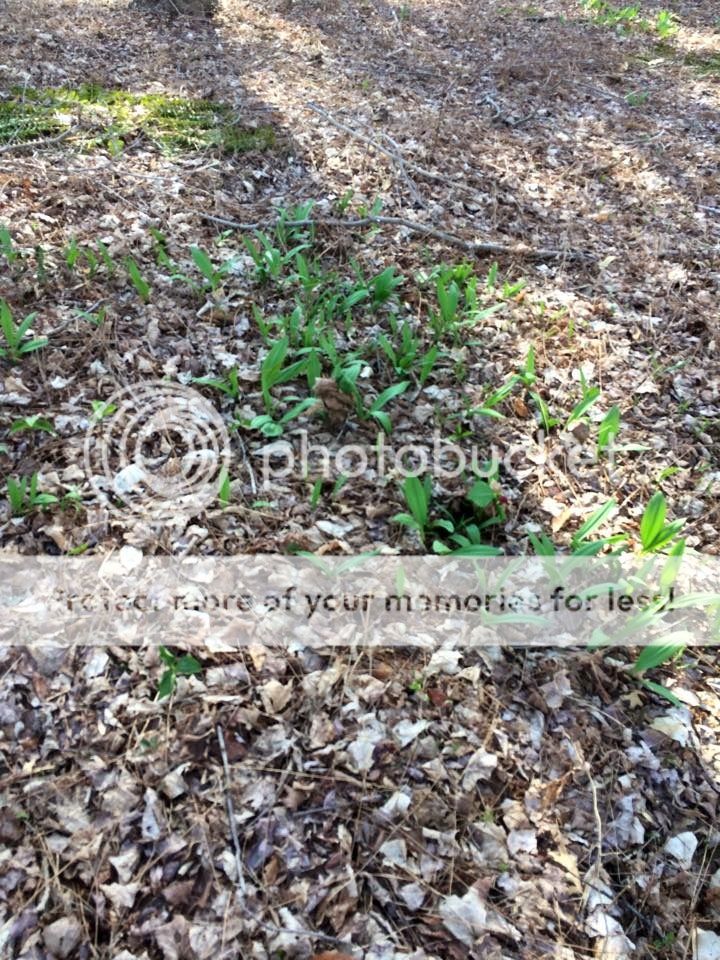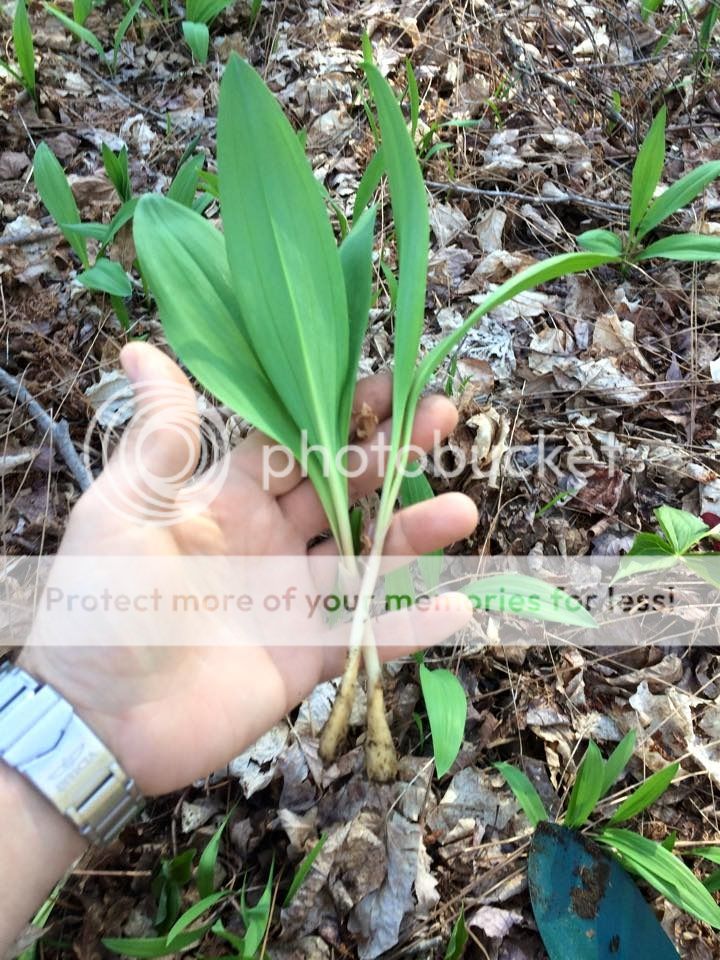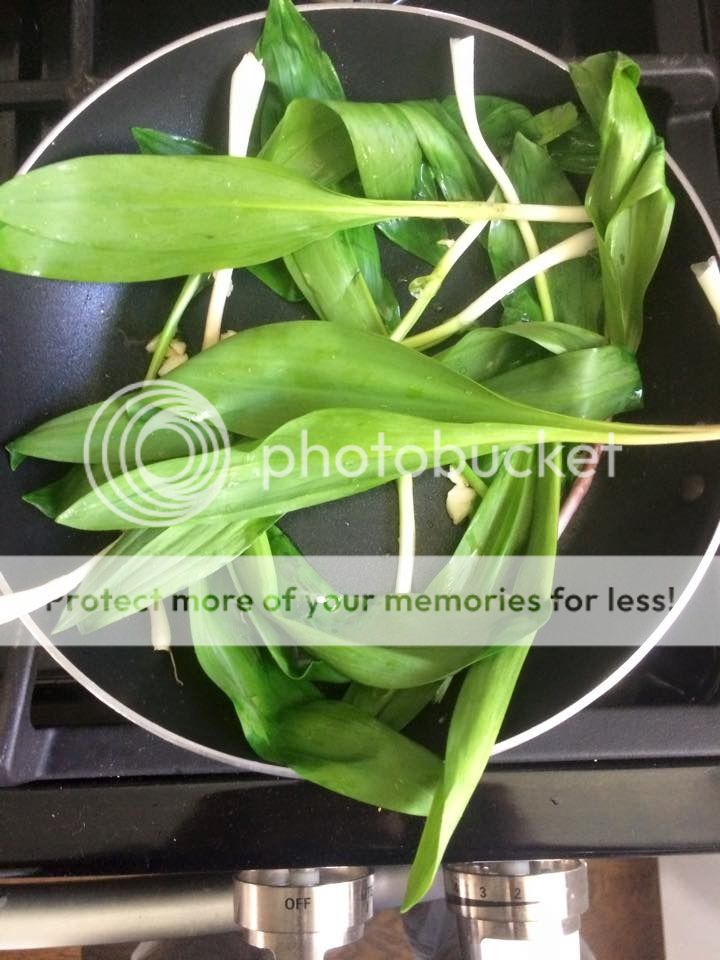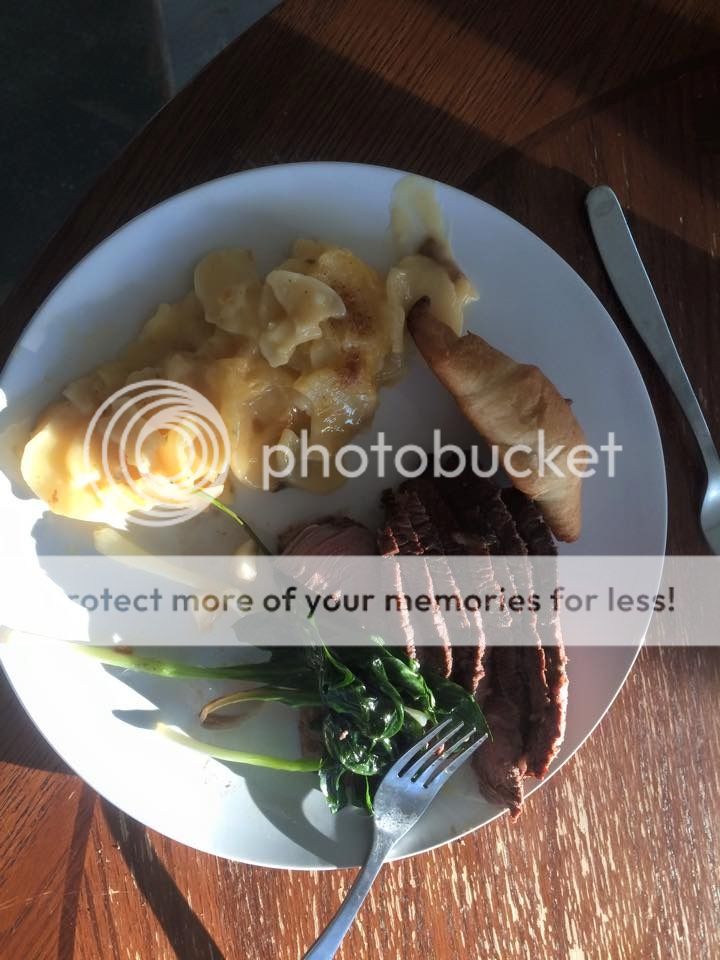-
The BladeForums.com 2024 Traditional Knife is ready to order! See this thread for details: https://www.bladeforums.com/threads/bladeforums-2024-traditional-knife.2003187/
Price is$300$250 ea (shipped within CONUS). If you live outside the US, I will contact you after your order for extra shipping charges.
Order here: https://www.bladeforums.com/help/2024-traditional/ - Order as many as you like, we have plenty.
You are using an out of date browser. It may not display this or other websites correctly.
You should upgrade or use an alternative browser.
You should upgrade or use an alternative browser.
How about a 2015 wild edible thread ?
- Thread starter dipbait
- Start date
- Joined
- Sep 10, 2014
- Messages
- 801
Forgive my ignorance - but what exactly are those?
- Joined
- Jun 3, 2010
- Messages
- 1,516
Great idea!  On my next daily hike I will look for a wild edible and post a pic here.
On my next daily hike I will look for a wild edible and post a pic here.
- Joined
- Sep 10, 2014
- Messages
- 801
In dipbait's great pic above he shows the common morel, one of several identified wild mushrooms - prized by foragers of wild plants.
Great, thank you! I was always told as a kid to avoid mushrooms period because of the bad ones and I've not ever known any good ones so this is great. Is there a way to tell, generally speaking, what's an edible mushroom as opposed to one that will make you sick or trippy? Or do you just need to know particular species?
- Joined
- Feb 9, 2008
- Messages
- 5,421
Great, thank you! I was always told as a kid to avoid mushrooms period because of the bad ones and I've not ever known any good ones so this is great. Is there a way to tell, generally speaking, what's an edible mushroom as opposed to one that will make you sick or trippy? Or do you just need to know particular species?
You need to know. Dont take chances . The morel season is short. I wont get any more mushrooms til late summer or fall .
- Joined
- Jun 17, 2010
- Messages
- 888
I have many family members who are experts in mushroom foraging and know there is much to learn and be familiar with in this pursuit. There's manyntypes of false morels which can make you very ill and even kill you. The same applies to many of the varieties I believe? Most I ever do is scavenge for ramps in the spring.
- Joined
- Feb 3, 2006
- Messages
- 8,250
Great, thank you! I was always told as a kid to avoid mushrooms period because of the bad ones and I've not ever known any good ones so this is great. Is there a way to tell, generally speaking, what's an edible mushroom as opposed to one that will make you sick or trippy? Or do you just need to know particular species?
DO NOT TAKE ADVISE FROM THE INTERNET ON WILD EDIBLES! Just don't do it. Find someone in your area that can take you out and show you. A few pics and a couple sentences of description is not enough to base eating random plants on. Especially mushrooms. Sorry for the rant but wild edibles is one of those things you shouldn't mess with without good instruction.

In our literal back yard, and delicious.
First wild mushrooms I ever picked and ate; same boat as many others. Always told to stay away.
There is a strict protocol for where to pick so they're not loaded with pesticides, checking to be sure they're not false, prep and cooking, tasting a sample and waiting for a reaction, and then not eating 2 pounds at the first sitting.
Dipped in potato starch and fried in butter. They were awesome
- Joined
- Apr 13, 2007
- Messages
- 12,294
This is from one of my recent threads, sorry about the poor pic.
While out and about today I came across a rather prolific wild edible......Dead Nettles !

I actually found these growing today in large numbers amongst both Dandelions and Miners Lettuce, if that's not god handing you a salad on a plate I don't know what is !
While out and about today I came across a rather prolific wild edible......Dead Nettles !

The entire plant is edible. The flavor is very mild, grassy - you can eat it stem and all, or pluck off the leafy tops. The leaves are covered in a dense hairy down - and this can take away some from the mild flavor. However you get used to it quickly.
Dead-nettle's reported to be highly nutritious, abundant in iron, vitamins, and fiber. The oil in the seeds is high in antioxidants. And the bruised leaves can be applied to external cuts and wounds to stop bleeding and aid in healing.
One great way to eat large quantities of this plant is to blend it into a smoothie. I'm a firm believer after many years of foraging that greens are the most important part of our diet. But instead of grazing and chewing all day (though chewing is important!), we can mimic an indigenous diet by blending up large amounts of greens and edible weeds into smoothies - the miracle tonic called the 'green smoothie'.
I actually found these growing today in large numbers amongst both Dandelions and Miners Lettuce, if that's not god handing you a salad on a plate I don't know what is !
Codger_64
Moderator
- Joined
- Oct 8, 2004
- Messages
- 62,324
Here is a brief list of wild edibles for my area, Idaho, provided by the USDA Forrest Service on their website.
Camas - Camassia quamash
Shortstyle Onion - Allium brevistylum
Fireweed - Epilobium angustifolium
Wild Ginger - Asarum caudatum
Meadow Salsify - Tragopogon pratensis
Rose - Rosa woodsii
Yellow Pond Lily - Nuphar polysepalum
Cattail - Typha latifolia
Yarrow - Achillea millefolium
Evert's or Elk Thistle - Cirsium scariosum
Serviceberry - Amelanchier alnifolia
Wild Strawberry - Fragaria vesca
Field Mint - Mentha arvensis
Oregon Grape - Berberis repens
http://www.fs.usda.gov/detail/ipnf/maps-pubs/?cid=fsm9_019122
I assume that the same type lists are available for most areas of the U.S. there.
Camas - Camassia quamash
Shortstyle Onion - Allium brevistylum
Fireweed - Epilobium angustifolium
Wild Ginger - Asarum caudatum
Meadow Salsify - Tragopogon pratensis
Rose - Rosa woodsii
Yellow Pond Lily - Nuphar polysepalum
Cattail - Typha latifolia
Yarrow - Achillea millefolium
Evert's or Elk Thistle - Cirsium scariosum
Serviceberry - Amelanchier alnifolia
Wild Strawberry - Fragaria vesca
Field Mint - Mentha arvensis
Oregon Grape - Berberis repens
http://www.fs.usda.gov/detail/ipnf/maps-pubs/?cid=fsm9_019122
I assume that the same type lists are available for most areas of the U.S. there.
- Joined
- Apr 13, 2007
- Messages
- 12,294
Here is a brief list of wild edibles for my area, Idaho, provided by the USDA Forrest Service on their website.
Camas - Camassia quamash
Shortstyle Onion - Allium brevistylum
Fireweed - Epilobium angustifolium
Wild Ginger - Asarum caudatum
Meadow Salsify - Tragopogon pratensis
Rose - Rosa woodsii
Yellow Pond Lily - Nuphar polysepalum
Cattail - Typha latifolia
Yarrow - Achillea millefolium
Evert's or Elk Thistle - Cirsium scariosum
Serviceberry - Amelanchier alnifolia
Wild Strawberry - Fragaria vesca
Field Mint - Mentha arvensis
Oregon Grape - Berberis repens
http://www.fs.usda.gov/detail/ipnf/maps-pubs/?cid=fsm9_019122
I assume that the same type lists are available for most areas of the U.S. there.
I noticed yesterday that our Camas is out in force. The Oregon Grape isn't out here just yet. We also have Fairy Slipper orchids out right now, their corms make good eating. We also have Miners lettuce in large supply.
- Joined
- Jun 3, 2010
- Messages
- 1,516
- Joined
- Mar 18, 2008
- Messages
- 9,491
I miss these threads. Easily my favorite spring time edible plant; Allium tricoccum. Up north we call them Wild Leeks, the southern folk know them as Ramps.




Here is a bunch of info on the plant from my friend Marty Simon of The Wilderness Learning Center.




Here is a bunch of info on the plant from my friend Marty Simon of The Wilderness Learning Center.
Nutritional Benefits of Wild Leeks or Ramps
Wild Leeks or Ramps are an edible wild spring plant. They are highly valued for their flavor. Being a combination of garlic and onion flavor. They also have a high nutritional value. They are great in soups, egg dishes, pickled or fresh in salads. I enjoy them fresh, right from the woods. They are a perennial and like moist, shady, dark woods. If not over picked you can go back every year to gather more.
They are great for protecting your heart. They contain Sulphur compounds which protect the lining of the blood vessels against damage. Also they support your liver and help eliminate cholesterol. They are also high in Vitamin A, C, Chromium and Selenium. They are also high in Iron which helps support a healthy immune system. They also help prevent high blood pressure and are high in antioxidants. They are also great cancer fighting agents. They are also great for supporting good brain development in children and help in fighting Alzheimers disease.
Nutritional Value for 100 gm of this vegetable:
Nutrients Amounts (Daily Value)
Energy 61 kcal (255 kJ)
Carbohydrates 14.15 g
Sugars 3.9 g
Dietary fiber 1.8 g
Fat 0.3 g
Protein 1.5 g
Water 83 g
Vitamin A equivalent 83 μg (10%)
beta-carotene 1000 μg (9%)
lutein and zeaxanthin 1900 μg
Vitamin B1 (thiamine) 0.06 mg (5%)
Vitamin B2 (riboflavin) 0.03 mg (3%)
Vitamin B3 (Niacin) 0.4 mg (3%)
Vitamin B5 (Pantothenic acid) 0.14 mg (3%)
Vitamin B6 0.233 mg (18%)
Vitamin B9 (Folate) 64 μg (16%)
Vitamin C 12 mg (14%)
Vitamin E 0.92 mg (6%)
Vitamin K 47 μg (45%)
Calcium 59 mg (6%)
Iron 2.1 mg (16%)
Magnesium 28 mg (8%)
Manganese 0.481 mg (23%)
Phosphorus 35 mg (5%)
Potassium 180 mg (4%)
Last edited:





